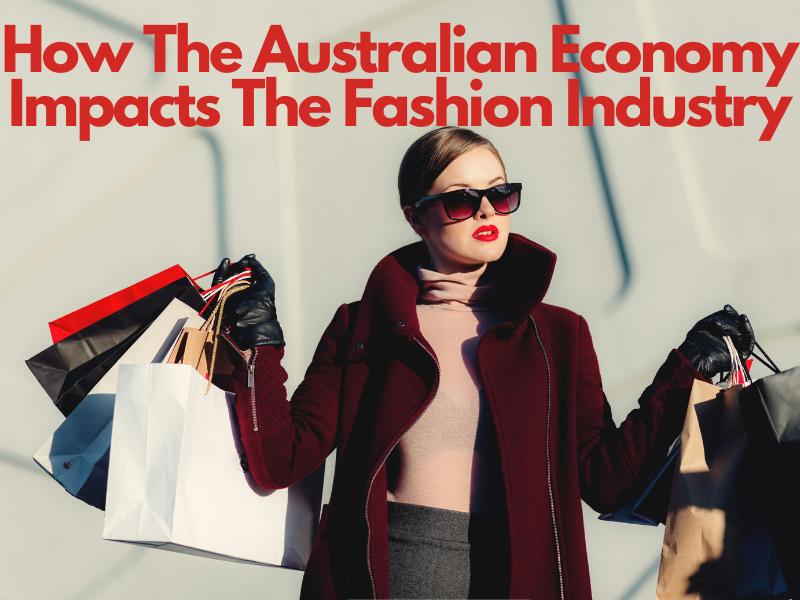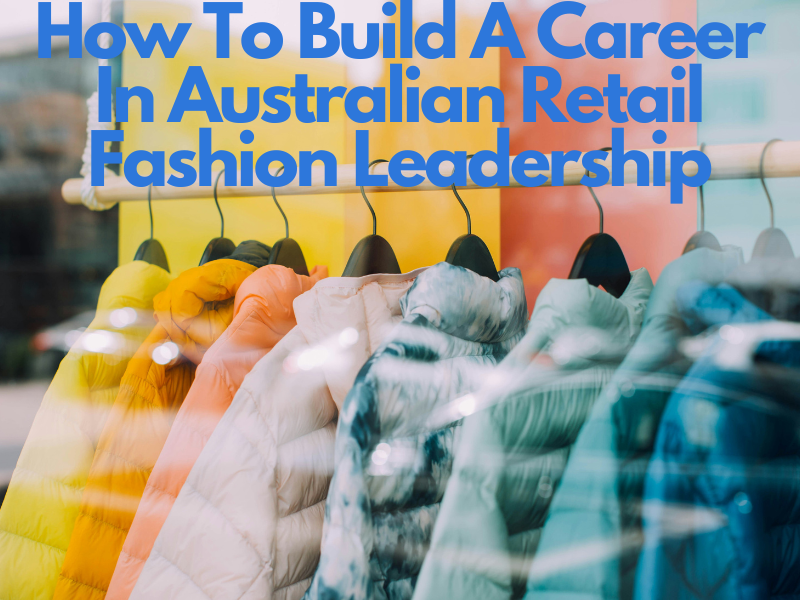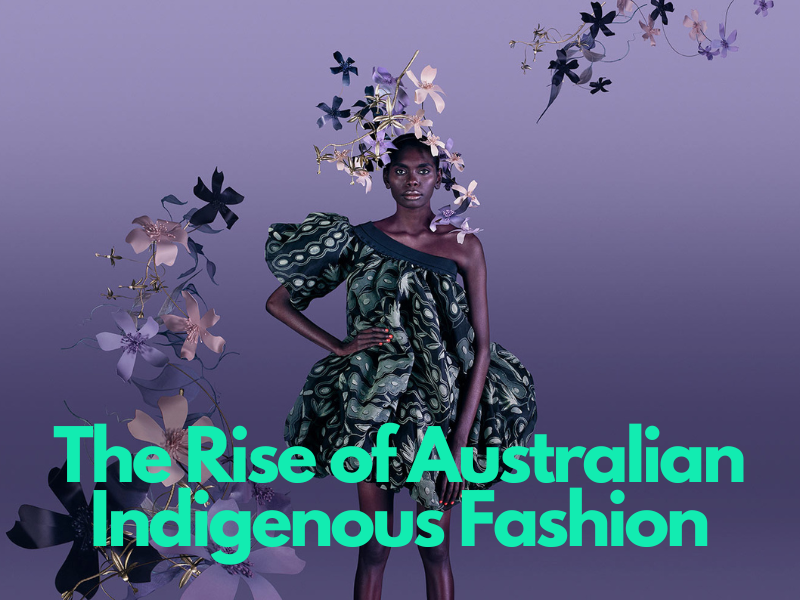Why some fashion brands survive and others don’t
What does it take to last the test of time in fashion?
With liquidators being called into once cult favourite brand Alice McCall earlier this year and many brands feeling the pinch of Covid impacts to their business, it’s often asked: why do some fashion brands survive and others don’t? That is: what are the factors that
make a fashion brand successful and what are the contributing factors towards brands not surviving market demands? A good way to understand this is to look at some recent fashion casualties:
Alice McCall
The label was founded in 2004 and focused on feminine, relaxed pieces worn by celebrities such as Kylie Minogue, Margot Robbie and Jennifer Lopez. At its peak, the brand had 171 stores in 36 countries. The brand also collaborated with high street brands such as Target Topshop and General Pants Co. offering diffusion lines. In 2020, the brand was placed into voluntary administration scaling back from 15 stores to just 3 and focusing on its online store. However this wasn’t enough to save the brand.
Seafolly
Founded in 1975 on Bondi Beach by Peter Halas, Seafolly had a retail footprint of 44 Australian stores, 12 overseas stores and an online store. With a brand identity seen as iconically Australian, the brand struggled under reduced consumer spending during the Covid pandemic. Administrators from KordaMentha were brought in to manage the sale of the business.In August 2020 it was returned to its owner - Private Equity firm L Catterton after plans for a rescue proposal were approved by creditors.
Esprit
Esprit Holdings, founded in the US, closed 67 retail stores, concessions and factory outlets in Australia in 2017
after a 64% decrease in sales over the prior 7 years. Known for a relaxed, Californian cool aesthetic, the business opened its first Australian store in 1981 but was losing market share to competitors Zara, H&M and Uniqlo.
Roger David
Roger David was Australia’s third largest provider of menswear when it closed its doors at the end of 2018. 57 Australian stores were closed and administrators were unable to find a buyer. The brand cited competition from global players, online retailers and the rising cost of operating physical stores as the reason for its downfall.
If you’re keen to have a chat about the latest fashion movements, speak to Janine, Tanya, Amy and Natalie at
Permanser
Consulting.










